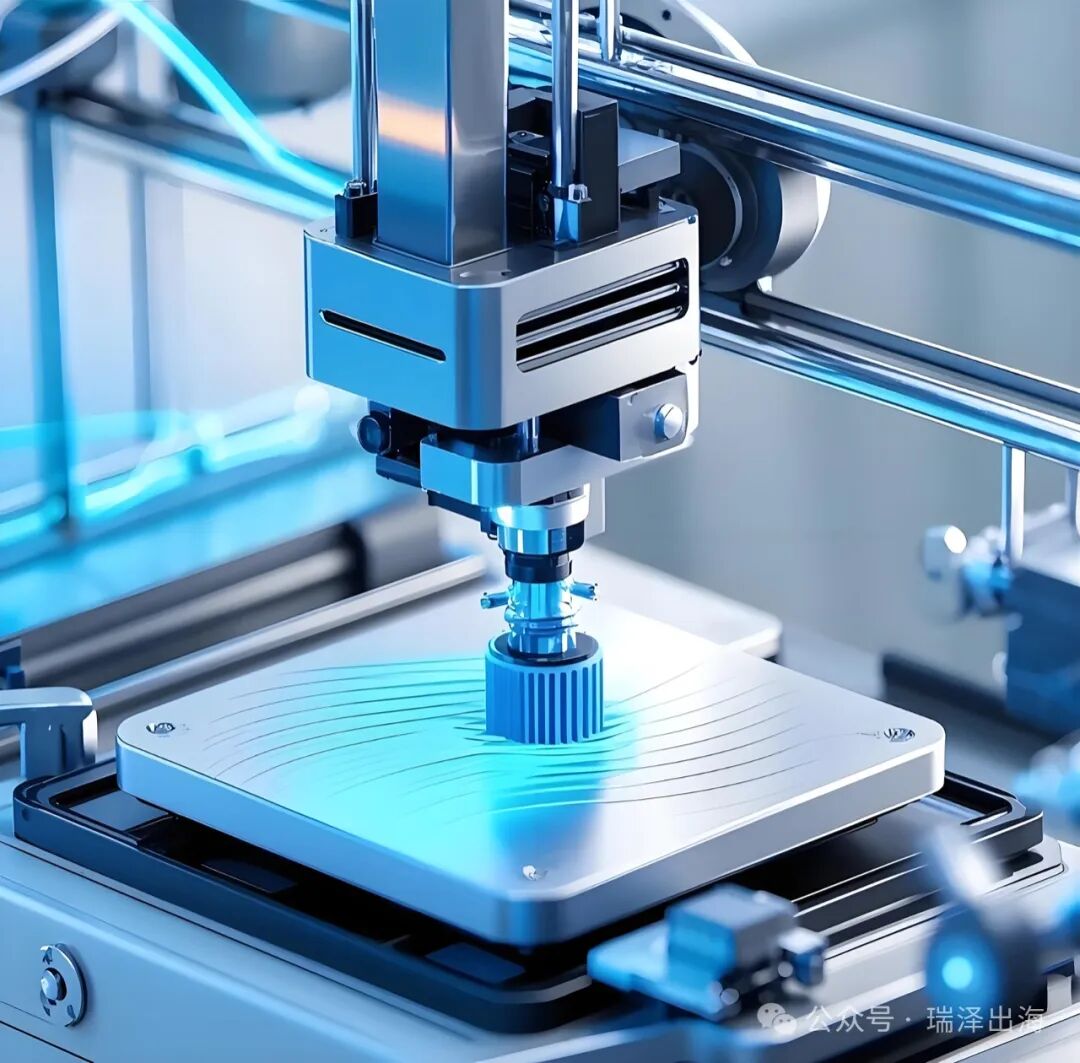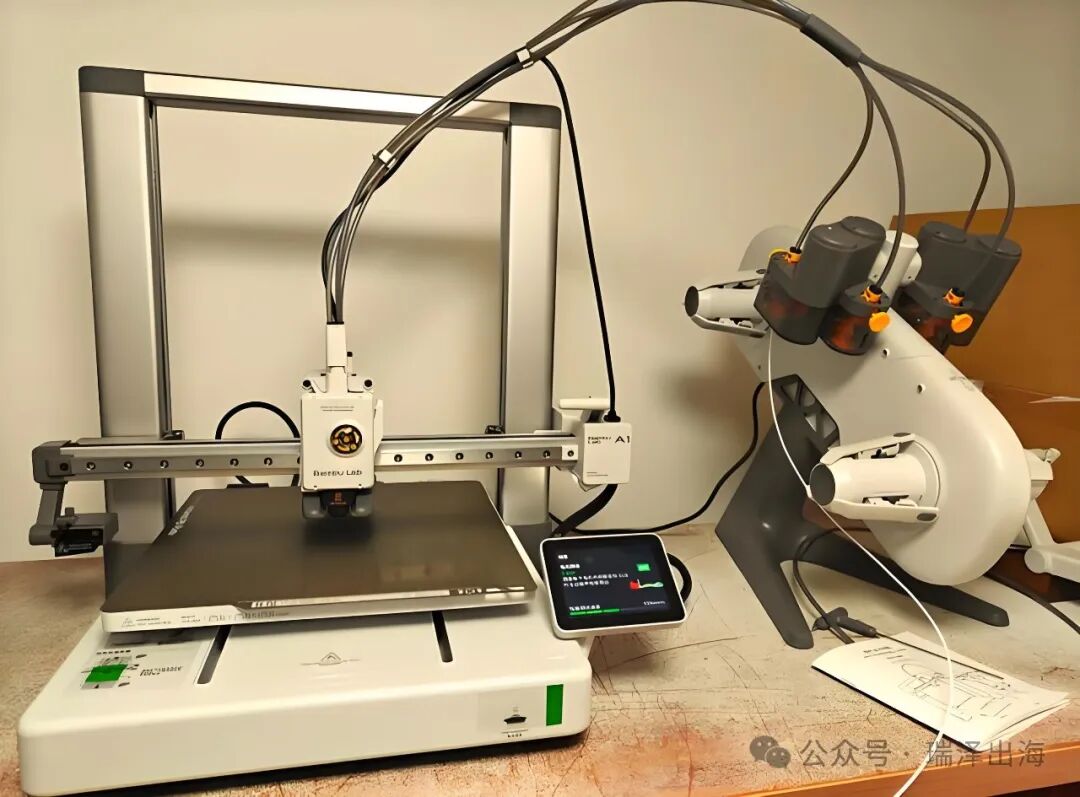While most hardware entrepreneurs are still struggling with supply chain management and cost control, Tao Ye, a former member of DJI, quietly registered Bambu Lab in Shenzhen in 2020 with four core team members. Behind this seemingly ordinary startup story lies an extraordinary background—the founding team all came from key positions in DJI’s consumer drone division. CEO Tao Ye previously led the development of the Phantom series of aircraft, and their experience of having ‘reached the pinnacle of the global industry’ (a common phrase among the founding team) gives them a far deeper understanding of hardware products than ordinary entrepreneurs.
This luxurious configuration is top-tier even in Silicon Valley’s hardware startup circle. The mechanical design team has a background from ETH Zurich; the motion control expert previously led DJI’s gimbal stabilization algorithms; the head of machine vision comes from Apple’s FaceID project team. They chose to focus their first battlefield on the desktop 3D printing field, which is generally considered to be in a state of ‘stagnant growth’—this seemingly counterintuitive decision stems from a key insight: ‘99% of devices on the market are still stuck in the monochrome, slow stage,’ with a usage threshold as high as that of PCs in the 1970s.

01
—
X1 Series Triggers an Industrial Earthquake
After 22 months of nearly closed development—this cycle is six months longer than DJI’s first consumer drone—the X1 series, launched in 2022, achieved breakthroughs in six dimensions:
In terms of speed, it broke the 500mm/s limit—this figure is five times the industry average at the time—by using a dynamic flow compensation algorithm to improve extrusion accuracy during high-speed movement by 20 times; color capability achieved 16-color simultaneous printing—previously, consumer-grade devices generally only supported monochrome; material compatibility expanded to industrial-grade materials such as carbon fiber nylon—directly opening up the market space for industrial part replacements; the yield rate jumped from the industry average of 70% to over 98%—thanks to a fully automated control system built with 43 sensors.
These parameters are not laboratory data but mass production standards. ‘We do not do PPT innovation’ (the CEO’s exact words during a public speech) led to the X1 series selling out 6,000 units in the first month of its Kickstarter campaign—despite a unit price of 7,880 yuan, it was still sold out—ultimately raising 47.28 million yuan in crowdfunding, setting a record for consumer hardware startups. Time Magazine emphasized when naming it one of the best inventions of the year: ‘This is the first time an Asian company has redefined the benchmark based on performance rather than price.’

02
—
‘De-Amazonization’ Globalization Path
Contrary to traditional beliefs—this company, with sales exceeding 1.5 billion, has never entered Amazon. ‘We need to fully control the user experience’ (the CMO’s exact words) led to the establishment of a unique globalization strategy:
The first strategy was to invest millions of dollars to create an independent site, bambulab.com—this decision was once questioned by investors as overly aggressive—but the results proved its value far exceeded expectations—dynamic interactive pages showcase the real-time process of multi-color printing; the MakerWorld community accumulated millions of model downloads; the ARPU value reached $1,200 (including accessories and consumables)—these data pushed the independent site’s monthly visits to 8.2 million, surpassing the total of established competitors like Ultimaker.
The second strategy is to operate a layered social media matrix—YouTube focuses on technical breakdowns (with a single video reaching 2 million views); TikTok emphasizes creative dissemination (#bambulab topic has 120 million views); Reddit deeply engages the geek community (the developer API discussion area saw a 40% increase in weekly activity)—this multi-faceted approach has led to a Net Promoter Score (NPS) of 72 in the U.S. market, far exceeding the industry average of 45.
The third strategy is to establish a distributed service network—an Austin technical support center achieves a 4-hour response time; a bonded warehouse in the Netherlands reduces logistics costs by 22%; localized firmware in Japan boosts market share growth. The ’72-hour video diagnosis + global spare parts direct mail’ high-service model, although increasing operational costs by 15%, has resulted in a 97% customer satisfaction rate—this figure is a miracle in the hardware industry.

03
—
‘Walking on Two Legs’ Commercialization Results
The financial performance shows typical technology-driven characteristics—58%-62% high gross margin range—35% of revenue comes from consumable repurchases—both indicators reach Apple’s level. ‘We are essentially a consumable company’ (the CFO’s internal speech) positioning is becoming clearer—this sharply contrasts with the profit model of traditional hardware companies.
On the capital side, three rounds of leapfrog financing have been completed—IDG Capital led the A round with a valuation of only 500 million yuan—by the time Temasek participated in the C round, it had surpassed the unicorn threshold—the latest valuation is rumored to be the highest record holder among unlisted 3D printing companies in China. ‘They are replicating DJI’s growth curve’ (a venture capital partner’s comment)—but the globalization process is at least three years ahead.
The impact on the industrial chain is also profound—driving 40 supporting companies in Shenzhen to upgrade their technology—localization rate of hot-end modules surged from 30% to 85%—attracting 17% of Silicon Valley engineers to return—starting salaries for campus recruits are 30% higher than the industry average. ‘Leading the formulation of multi-color printing testing standards’ (standard committee public document) signifies that they have mastered the industry’s discourse power.
04
—
‘A Song of Ice and Fire’ Challenges
Rapid expansion has also exposed three contradictions:
They are facing a 337 investigation from a certain American company regarding patent disputes—although the legal team claims ‘we have long had a plan’—but litigation costs have already accounted for 8% of the R&D budget; community management costs are growing at an annual rate of 200%—the technical demands of geek users are becoming increasingly complex; geopolitical risks are affecting the construction of chip procurement channels—some key components have to establish a six-month safety stock.
These challenges have not hindered their expansion pace—based on recruitment information, the strategic direction has clearly identified three points:
The H2D series will integrate laser engraving functions to enter the trillion-level processing market; SaaS software services aim for a target of 20% revenue share; the ‘Hundred Cities, Thousand Stores’ plan is preparing to benchmark against the Apple Store model in offline experience segments.
05
—
‘New Interpretation of Chinese Intelligent Manufacturing’
Looking back at this five-year leapfrog development case (2020-2025)—at least three traditional perceptions have been broken:
First, the belief that ‘high-end equipment must start from OEM’ has been disproven—the ability to directly create a brand and achieve a 30% premium has shocked the industry; second, the path that ‘hardware innovation relies on university transformation’ has been overturned—the fact that all patents come from independent R&D by the company reshapes the understanding of the relationship between industry, academia, and research; third, the view that ‘the ToC market has little technical barriers’ has been overturned—the practice of building a moat through algorithms opens up new ideas.
When the phrase on the wall of the Austin office, ‘We build tools to empower creators worldwide’ becomes a reality—it may help understand why this company chose such a difficult globalization path. ‘True innovators never walk the path laid out by others’ (founder Tao Ye’s famous saying) in this sense—regardless of whether they can sustain success in the end—Bambu’s experience has already written a new footnote for China’s high-end manufacturing industry going global.
06
—
From Cells to Stars
How 3D Printing Reshapes the Ultimate Boundaries of Human Manufacturing
3D printing, as a disruptive technology, is redefining the boundaries of human creation and production. Its core value lies in transforming the infinite imagination of the digital world into physical objects, breaking through the limitations of traditional manufacturing on complex structures through layer-by-layer material stacking.
This technology not only makes personalized customization the norm—from medical implants that perfectly fit patients’ bones to unique artworks—but also significantly reduces production costs with its characteristics of ‘no molds, low waste,’ providing new possibilities for small and medium-sized manufacturing.
In the aerospace field, 3D printing’s lightweight, integrated components have been applied to rocket engines, elevating fuel efficiency to new heights; in the medical industry, bioprinting technology is gradually achieving breakthroughs from skin tissue to organ regeneration, bringing hope to solve the global organ transplant shortage.

This technology even extends to the extreme scenarios of human survival, with 3D printers on the International Space Station capable of autonomously manufacturing repair parts, laying the groundwork for future lunar bases and Martian colonies.
As materials science and artificial intelligence deeply integrate, 3D printing is breaking through the ceilings of speed and precision. Metal binder jetting technology makes mass production of complex metal parts a reality, with printing speeds nearly a hundred times faster than traditional laser sintering; the emergence of smart materials has given rise to the concept of 4D printing, allowing printed objects to autonomously change shape and assemble based on environmental changes such as temperature and humidity.
The global manufacturing landscape is thus quietly changing: traditional supply chains are being replaced by distributed manufacturing networks, designers’ creativity can reach consumers directly without going through factories, and even remote areas in Africa can produce urgently needed medical devices using mobile printing vehicles.
It is predicted that by 2030, 3D printing will directly generate over $200 billion in economic value and reduce carbon emissions by more than 30% in fields such as healthcare, construction, and energy.
When this technology truly crosses the critical point of cost and scalability, we may witness an era where ‘everything can be printed’—from on-demand manufactured electric vehicle chassis to eco-houses rising in the desert, and even space habitats built from lunar dust, the way humanity shapes the material world will undergo a fundamental revolution.